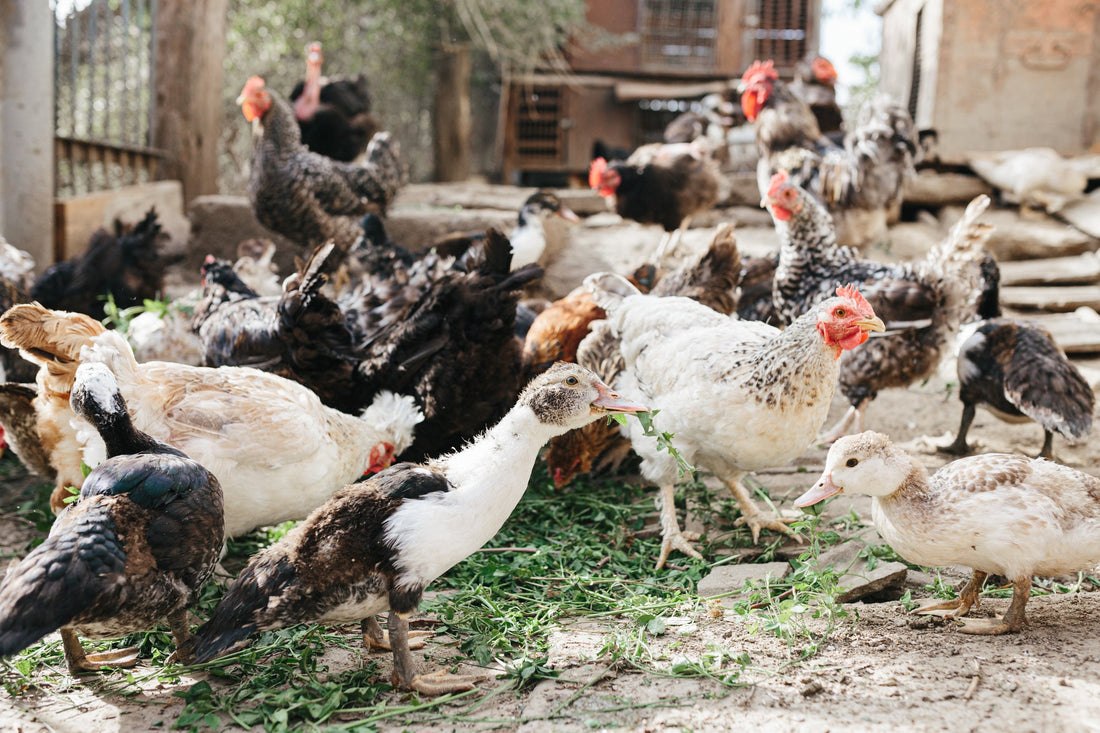Chickens are not just familiar figures in rural backyards but are also pivotal in global agriculture. With their astonishing numbers, chickens outnumber almost every other bird on the planet, serving both as a source of food and as pets. This post explores the breadth of the global chicken population, the factors influencing their numbers, and the roles they play in cultures around the world.
Counting the Clucks: Estimating the Numbers
Estimating the number of chickens in the world is a complex task. According to the Food and Agriculture Organization of the United Nations (FAO), there are over 25 billion chickens globally. This staggering number is continually fluctuating due to factors such as farming practices, market demand, and changes in dietary trends. Chickens are the most common type of poultry in the world, found on every continent except Antarctica.
A Historical Perspective: Chickens Through the Ages
The domestication of chickens dates back thousands of years, possibly originating from the wild red junglefowl in Asia. Over the centuries, selective breeding has diversified the species into a variety of breeds with different characteristics suited to various climates and needs. This long history highlights the chicken’s importance to human societies, both as a resource and a cultural symbol.
Global Distribution: Where Chickens Rule the Roost
Chickens are raised worldwide, with the highest populations found in countries with large agricultural sectors. China, the United States, and Indonesia are among the top countries in terms of chicken numbers. In these countries, chickens are integral to the diet, providing a significant source of protein through both meat and eggs.
Industrial vs. Backyard: Varied Habitats of Chickens
Chickens live in a variety of settings, from vast industrial farms to small backyard coops. In industrial settings, chickens are usually raised in large numbers for meat or egg production. These operations are highly optimized for efficiency. Conversely, backyard chickens often live in smaller flocks, and owners typically raise them for personal egg consumption, meat, or as pets.
The Role of Economics: Chicken as a Commodity
The global chicken population is closely tied to economic factors. The poultry industry is a significant economic driver in many countries, contributing billions to national economies. The demand for chicken meat and eggs drives intensive breeding programs and influences global trade policies related to agriculture.
Cultural Significance: More than Just Food
Beyond their economic value, chickens hold cultural significance in many societies. They are involved in traditional rituals, festivals, and even as pets. For instance, in many parts of Southeast Asia, chickens are integral to certain religious ceremonies and community events.
Environmental Impact: A Footprint Worth Considering
The massive global population of chickens also has environmental implications. Large-scale poultry farming has been associated with issues such as pollution, antibiotic resistance, and the loss of genetic diversity among domesticated breeds. These concerns have spurred debates about sustainable farming practices and the ethical treatment of poultry.
Technological Advances: Shaping the Future of Chicken Farming
Advancements in technology are continually reshaping poultry farming. From automated feeders and climate-controlled housing to genetic research leading to more disease-resistant breeds, technology aims to increase efficiency while addressing welfare concerns. These innovations also help in managing the vast global population of chickens more sustainably.
Looking Ahead: The Future of the Global Chicken Population
As the global population grows, so will the demand for chicken meat and eggs. This growth poses challenges and opportunities for the poultry industry to innovate and adapt to ensure sustainability and ethical practices. The chicken’s role in human culture and its economic importance are likely to continue prompting discussions on how best to manage this ubiquitous bird.
Chickens are more than just a common bird; they are a crucial component of global agriculture and culture. Understanding the vast numbers in which they exist helps us appreciate their role in our world and the importance of managing populations responsibly for future sustainability.

